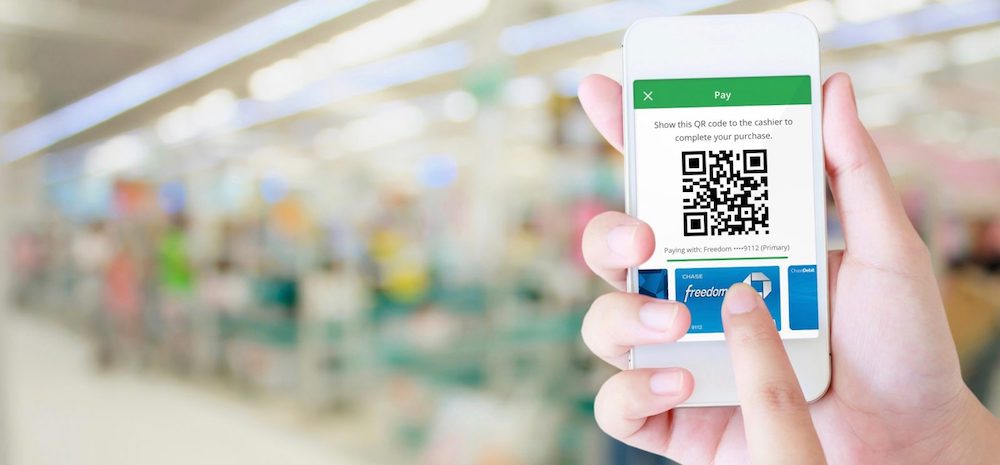Cash Vs Digital Payments: What Does India Prefer?
The volume of digital payments is growing in the country, but cash is still the most preferred medium of transaction, especially in rural areas.

Demonetisation of INR 500 and INR 1,000 banknotes, announced on the 8th of November 2016, was a bold move by the Government of India. While the announcement was subjected to much ridicule and scrutiny, the fact remains that it undoubtedly lead to the growth of digital payments in India.
In fact, the provisional digital transactions data released by the Reserve Bank of India in November revealed that digital transactions in India registered the highest ever volume in October at 965 million – a growth of 10 percent against 877 million in September. The impetus has been such that this figure nearly equalled the figure for the whole of 2016-17. And that’s not all; the total amount is expected to touch Rs 1,800 crore in 2017-18.
Long story short, despite the opposition it faced from many sections of the country, digital payments have arrived and how!
Digital Payments Are Growing
It’s not just people who have taken to this ‘new’ system of payments. Businesses in India too are rapidly adapting or working on including digital payments in their ecosystem. Some renowned firms in industries such as those in the telecommunication, e-commerce, cabs, and entertainment booking have already expressed eagerness for in-house digital payment solutions.
Amazon’s AmazonPay, Airtel’s Airtel Money, Flipkart’s PhonePe, and Ola’s Ola Money, are only a handful of examples of how the digital landscape is going an intense transformation despite the fact that it is still in a nascent stage.
Even though digital wallet services, especially Paytm, fared extremely well post demonetisation, newer systems introduced by the Indian government like Bharat Interface for Money (BHIM) have not quite managed to reach the quantum of users it hopes to. And that’s because a massive portion of customers has never used the Internet or don’t have access to it and still rely on cash transactions.
The Challenges Ahead
However, the lack of internet access isn’t the only problem; in fact, it may not be much of a problem at all since, as mentioned in Google’s Digital Payment 2020 report, India currently has the third-largest base of internet users in the world with 300 million users. And this number is expected to reach 650 million by 2020.
So, the primary challenge for digital payment players is security issues. Digital payments are equally at risk, if not more. And security remains a major concern with the Indian population as far as payments are involved.
Despite the growth of the digital payments industry in India, currently, more than 95 percent transactions are still executed by the means of cash and chequebooks. In fact, in over 6 months in 2017, less than 1/3rd of the total targeted transactions were digital. Nonetheless, digital payments are not a lost cause.
Diana Layfield, Vice President, Product Management, Google says though digital payments are still not prevalent, they have witnessed at least 50 percent growth compared to pre-demonetisation days. In fact, the government is targeting digital transactions worth INR 2,500 crore in FY 2018.
So, it suffices to say that digital payments present a massive potential. And yet cash remains the king, at least for now.
About The Author: This article is contributed by Vikram Upadhyaya – Chief Evangelist at GHV Accelerator.
